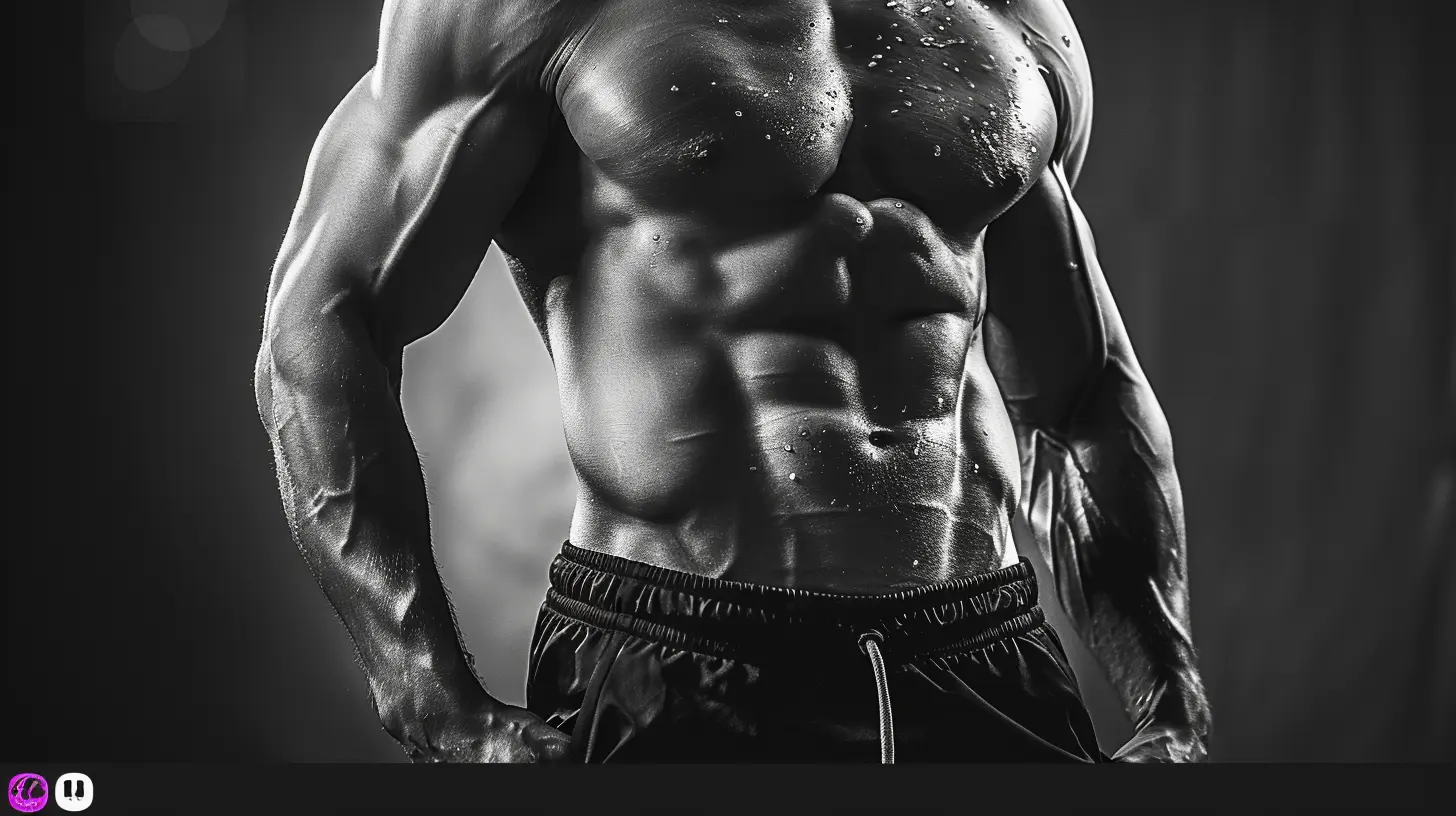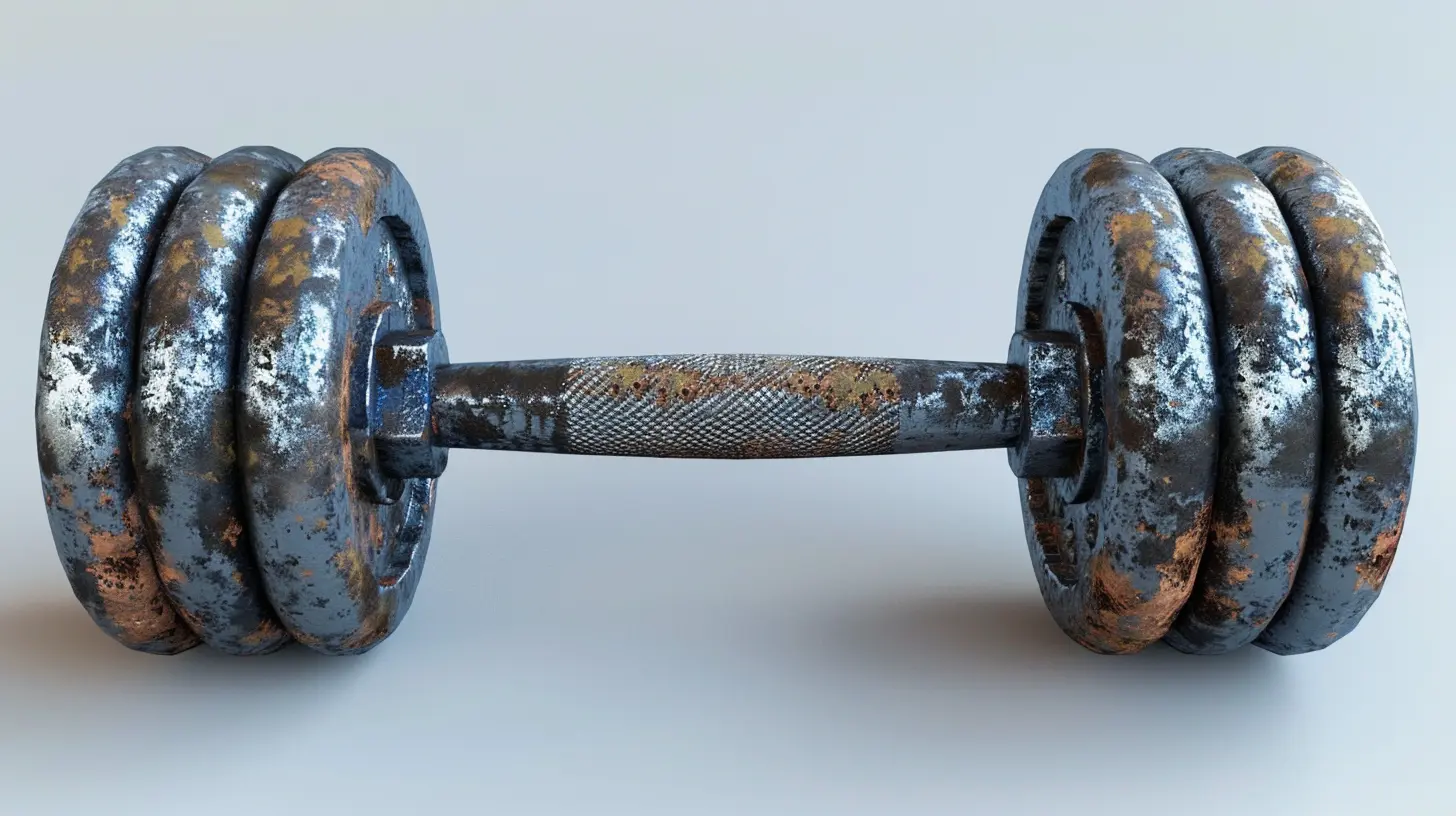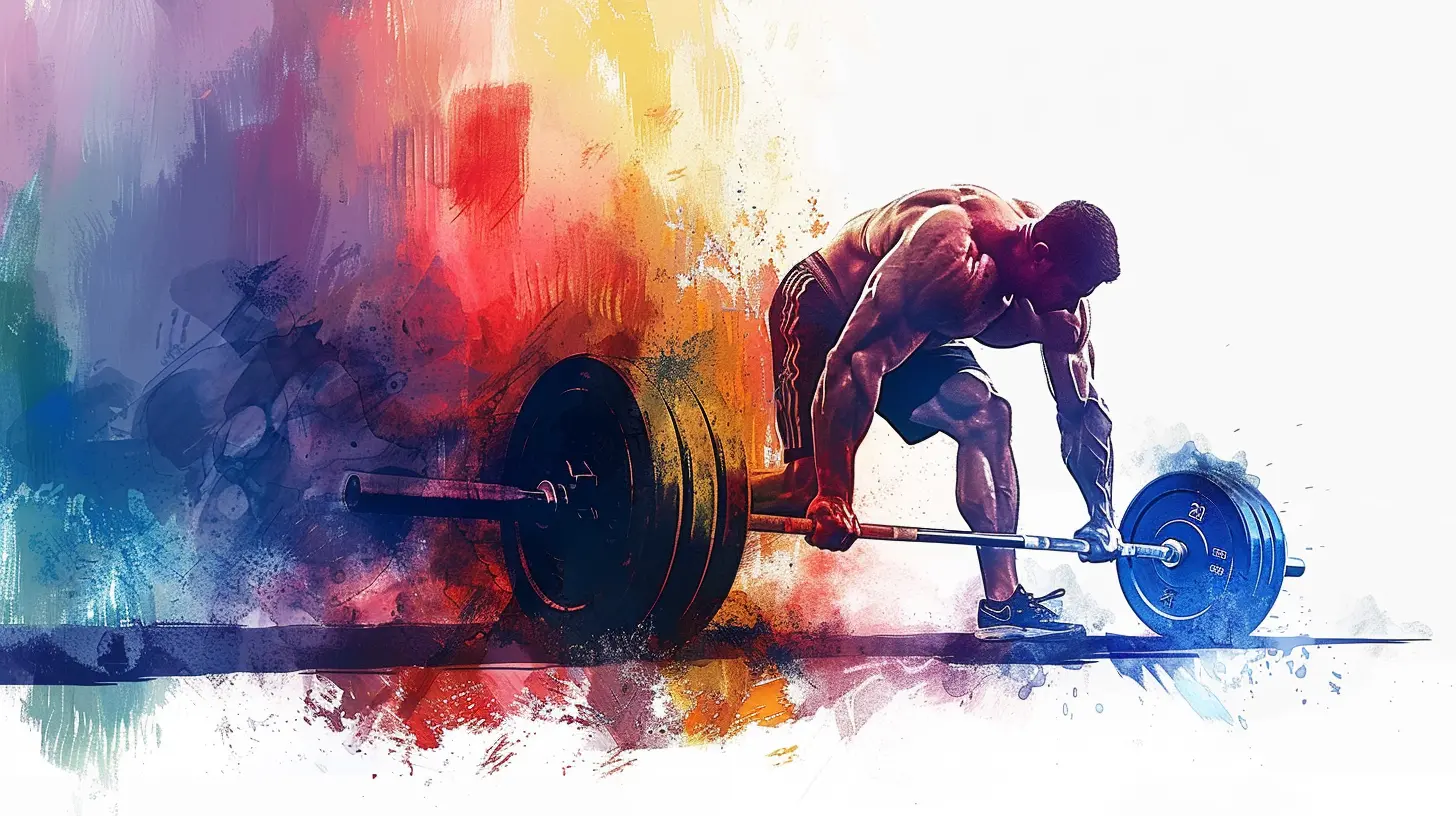Building a Strong Core: The Key to Overall Strength Development
27 November 2025
Let’s be honest—when you hear the word "core," your mind probably flashes to six-pack abs, right? Well, that’s just the surface. Your core is so much more than just the mirror muscles you flex at the beach. It’s the foundation of every move you make, whether you’re squatting 300 lbs, sprinting down a soccer field, or simply reaching down to tie your shoes.
If you're serious about building strength, enhancing performance, and even preventing injuries, building a strong core should be at the top of your priority list. So let’s dive deep into the belly of it (pun totally intended) and uncover why core strength is such a game-changer.
What Exactly Is Your Core?
Most people think the core is just the abs. In reality, your core is like the central hub of your body. It connects your upper and lower body, and it includes more than just your abdominal muscles.Muscles That Make Up the Core:
- Rectus Abdominis – That classic “six-pack” muscle.- Transverse Abdominis – The deepest abdominal muscle, crucial for stability.
- Obliques – The muscles on the sides that help with twisting and bending.
- Erector Spinae – Along your spine, vital for posture and lifting.
- Pelvic Floor Muscles – Yes, those are part of it too.
- Diaphragm – The breathing muscle that also supports core movement.
- Glutes – Technically part of your posterior chain, but they work in sync with your core.
Basically, if it’s somewhere between your shoulders and your hips, it’s probably working as part of your core team.
Why Your Core Is the MVP of Strength Development
1. It’s Your Body’s Power Transfer Center
Ever try throwing a punch or swinging a golf club? That power doesn’t come from your arms alone—it originates from your midsection. Your core acts like a bridge, transferring energy from your lower body to your upper body and vice versa. Without a solid core, that bridge is shaky, and your power output suffers.2. Better Balance and Stability
A strong core helps you stay upright and steady, whether you're doing heavy squats, running trails, or even just walking on icy sidewalks. Athletes especially benefit from improved balance—it makes you more agile, reduces your injury risk, and enhances performance big time.3. Injury Prevention
Most back pain and injuries can be traced back to a weak core. If your core can’t stabilize your spine during movement, your lower back starts to pick up the slack—and let’s face it, that’s a recipe for disaster. So strengthening your core is not just about performance; it's about protecting your body, too.4. Lifts Get Stronger When Your Core Does
Deadlifts, squats, overhead presses—these big compound lifts demand core engagement. You may actually be hitting a plateau in one of these lifts not because your legs or arms are weak, but because your core isn't pulling its weight (literally).
Signs You May Have a Weak Core
You might not even realize your core is weak until you see the signs. Here are a few red flags:- You suffer from lower back pain regularly.
- Your posture resembles a question mark (yep, hunched shoulders and all).
- Balance exercises feel impossible.
- You fatigue quickly during compound lifts.
- You find it hard to stand or sit up straight for long periods.
Recognize any of those? Don’t worry, you’re not alone—and the fix is totally in your control.
How to Build a Stronger Core (Without Doing 100 Crunches a Day)
Spoiler alert: Crunches aren’t the best core exercises. Not even close. To build a truly functional core, you’ve got to move beyond old-school ab workouts and embrace exercises that promote stability, control, and strength.1. Planks (and Their Many Variations)
The plank is basically a superhero in the core training world.- Forearm Plank: Basic but brilliant for endurance.
- Side Plank: Targets your obliques like a laser beam.
- Plank with Shoulder Taps: Adds anti-rotation—a key component of core strength.
Holding a plank not only engages your abs but also lights up your shoulders, glutes, and lower back.
> Pro Tip: Don’t just "hang out" in a plank. Brace your core like someone’s about to punch you in the gut. That’s how you turn on the right muscles.
2. Dead Bugs and Bird Dogs
These moves may look simple, but when done right, they’re killer for stability.- Dead Bugs: Train your body to move limbs while keeping the spine stable.
- Bird Dogs: Improves coordination and strengthens your posterior chain.
They’re low-impact and perfect for all fitness levels.
3. Pallof Press
This underrated gem trains your body to resist rotation, which is a key aspect of core function.Hold a resistance band at chest height, step away to create tension, and extend your arms straight out. You’ll feel your core fight to hold the position—it’s tough but effective.
4. Compound Lifts
Believe it or not, big lifts like squats and deadlifts are also core workouts—if you're doing them with proper form.Any time you load your body, your core kicks in to protect the spine. So adding progressive overload to your workouts helps your core get tougher along with your other muscles.
5. Carries (Farmer's, Suitcase, Overhead)
Walking while carrying heavy stuff sounds basic, but it’s one of the best core builders out there.- Farmer’s Carry: Two weights, one in each hand.
- Suitcase Carry: One weight on one side—forces your core to resist lateral flexion.
- Overhead Carry: Ultimate challenge for the midline stability.
Programming Core Work into Your Routine
You don’t need to isolate core training every day, but it should definitely be part of your weekly routine.Here's a Simple Weekly Plan:
Day 1 – After Upper Body Workout- Plank (3 x 30 seconds)
- Dead Bugs (3 x 12 per side)
Day 2 – After Lower Body Workout
- Pallof Press (3 x 10 per side)
- Side Plank (3 x 20 seconds per side)
Day 3 – Conditioning Day
- Farmer’s Carry (3 x 40 meters)
- Russian Twists (3 x 20)
These exercises can be done in 10-15 minutes, max. The consistency is what matters, not the sheer volume.
Don’t Forget Nutrition (Yep, That Old Friend Again)
If you want your core to be strong and maybe even visible, then your diet plays a huge role. No amount of planks will outwork a nightly pizza binge (sorry, not sorry).Eat enough protein, stay hydrated, cut down on processed junk, and get your sleep. Your muscles—including your core—need fuel and recovery just like any other part of your body.
Final Thoughts: Your Core Deserves More Respect
Think of your core as the trunk of a tree. If the trunk is weak, it doesn't matter how strong the branches (arms and legs) are—the whole thing is going to collapse in a storm. That storm could be a heavy deadlift, a soccer match, or even a sudden twist while lifting your kid.So whether your goal is to get shredded, lift more, run faster, or just move pain-free, building a stronger core is non-negotiable. Start small, stay consistent, and give your midsection the love it's been waiting for. Because when your core is solid, the rest of your fitness goals start falling into place.
FAQs About Core Strength
Q: Can I train my core every day?
You can, but you don’t have to. Like any muscle group, your core benefits from rest and recovery. Stick to 3–4 focused sessions a week for best results.Q: Will core training give me visible abs?
Not on its own. Visibility depends largely on body fat levels. Combine core training with a proper diet and cardio for that chiseled look.Q: Are crunches totally useless?
Not useless—but they’re not the best bang for your buck. Focus on exercises that engage the entire core, not just the top layer of abs.all images in this post were generated using AI tools
Category:
Strength TrainingAuthor:

Easton Simmons

